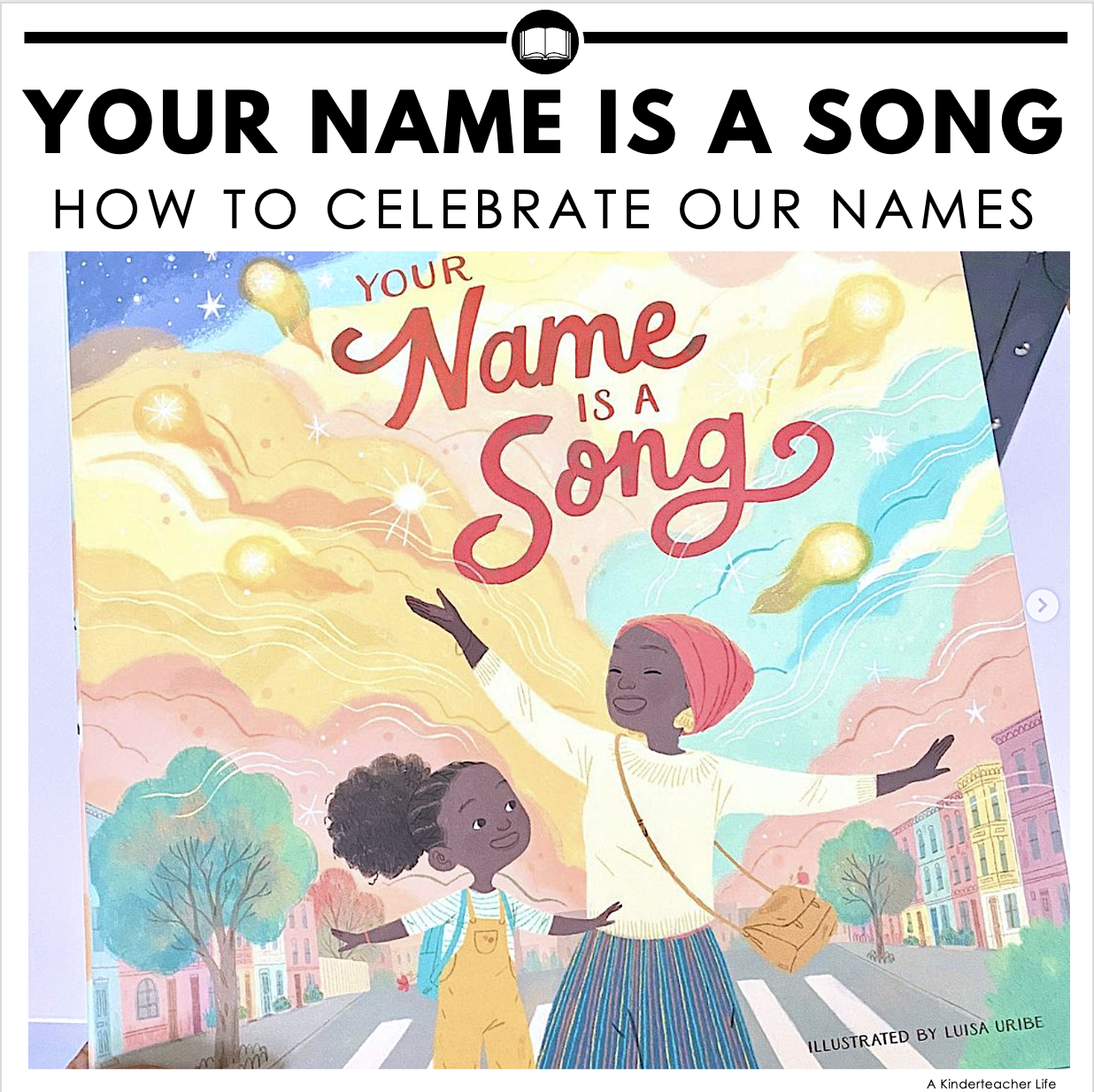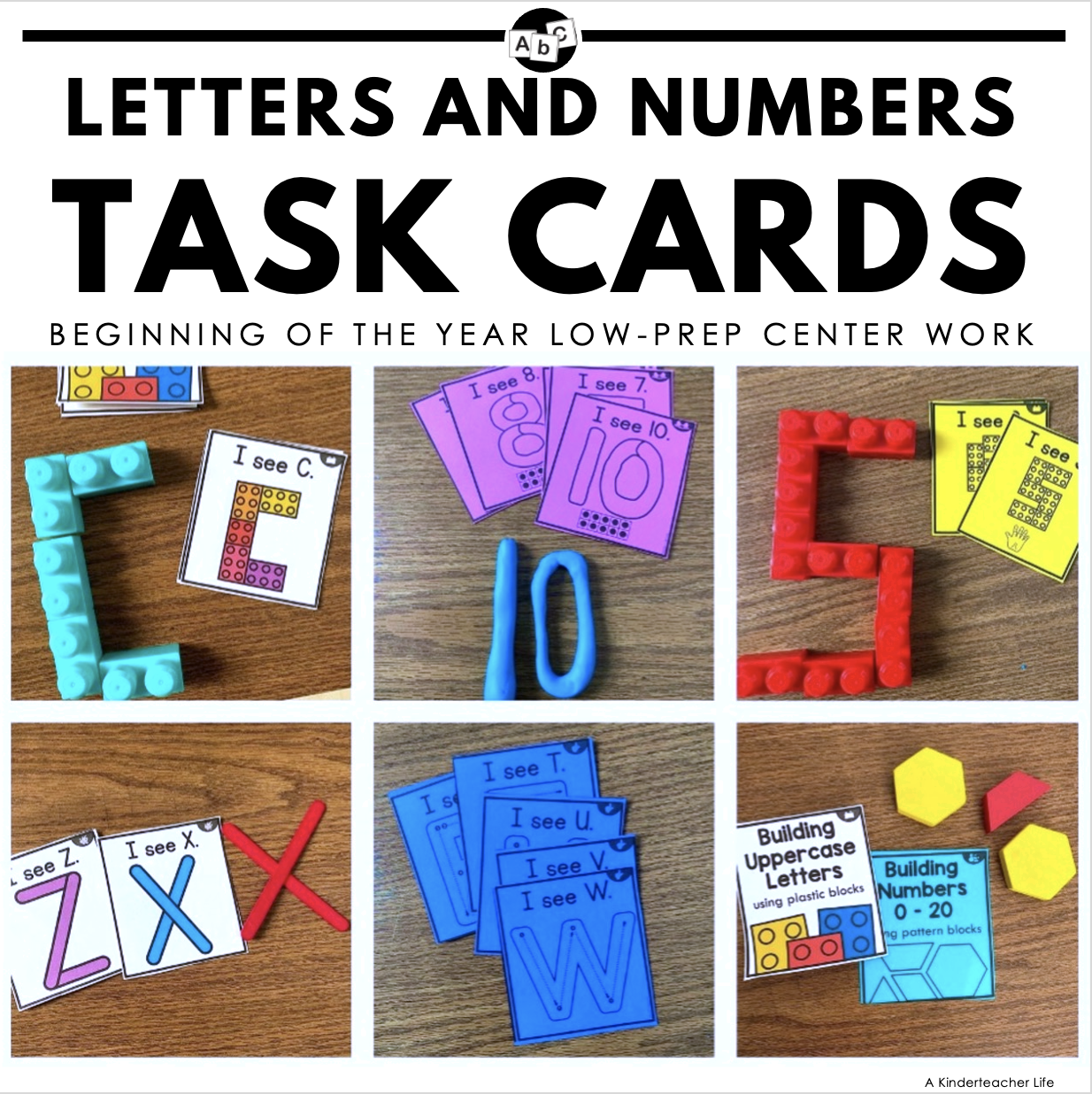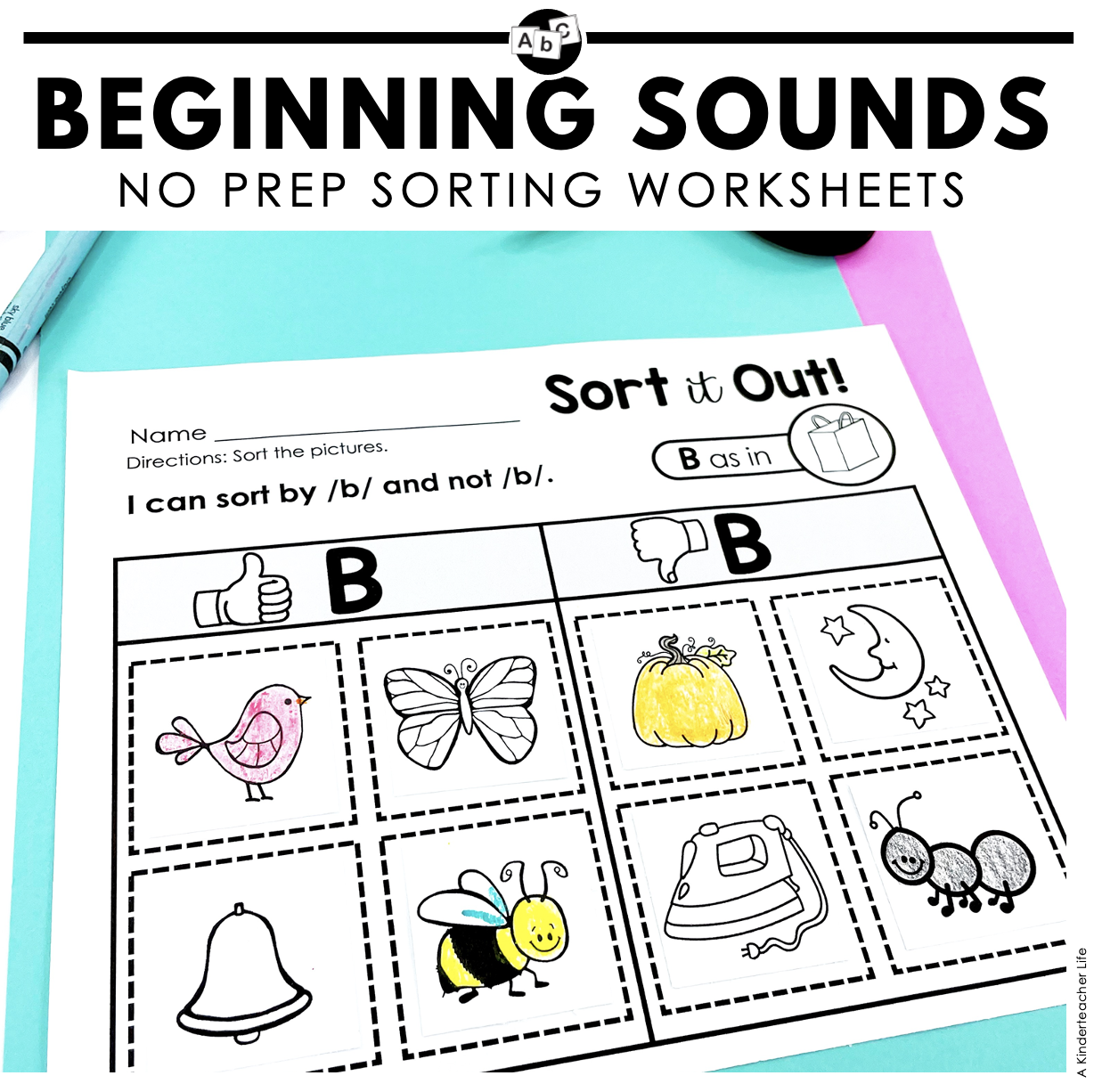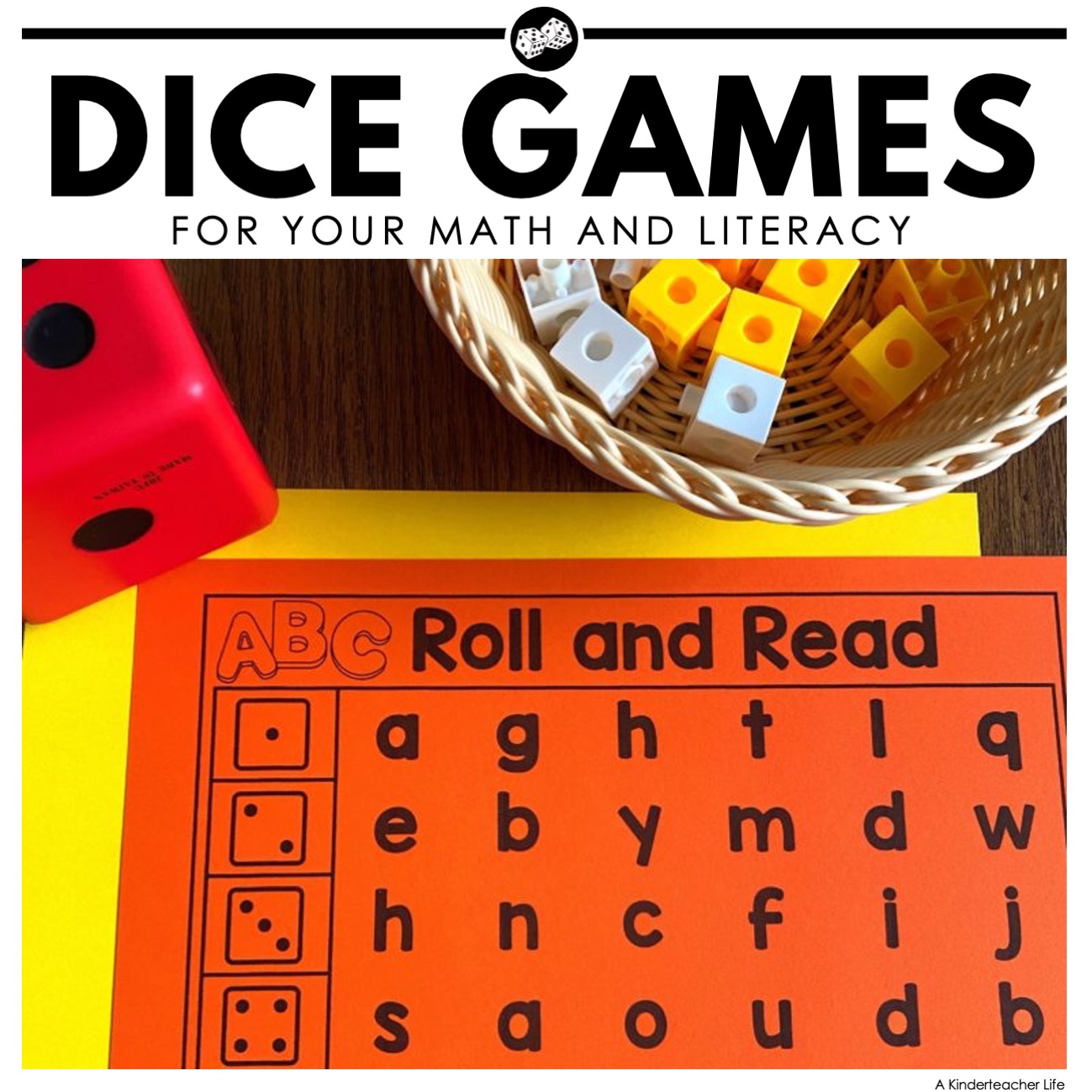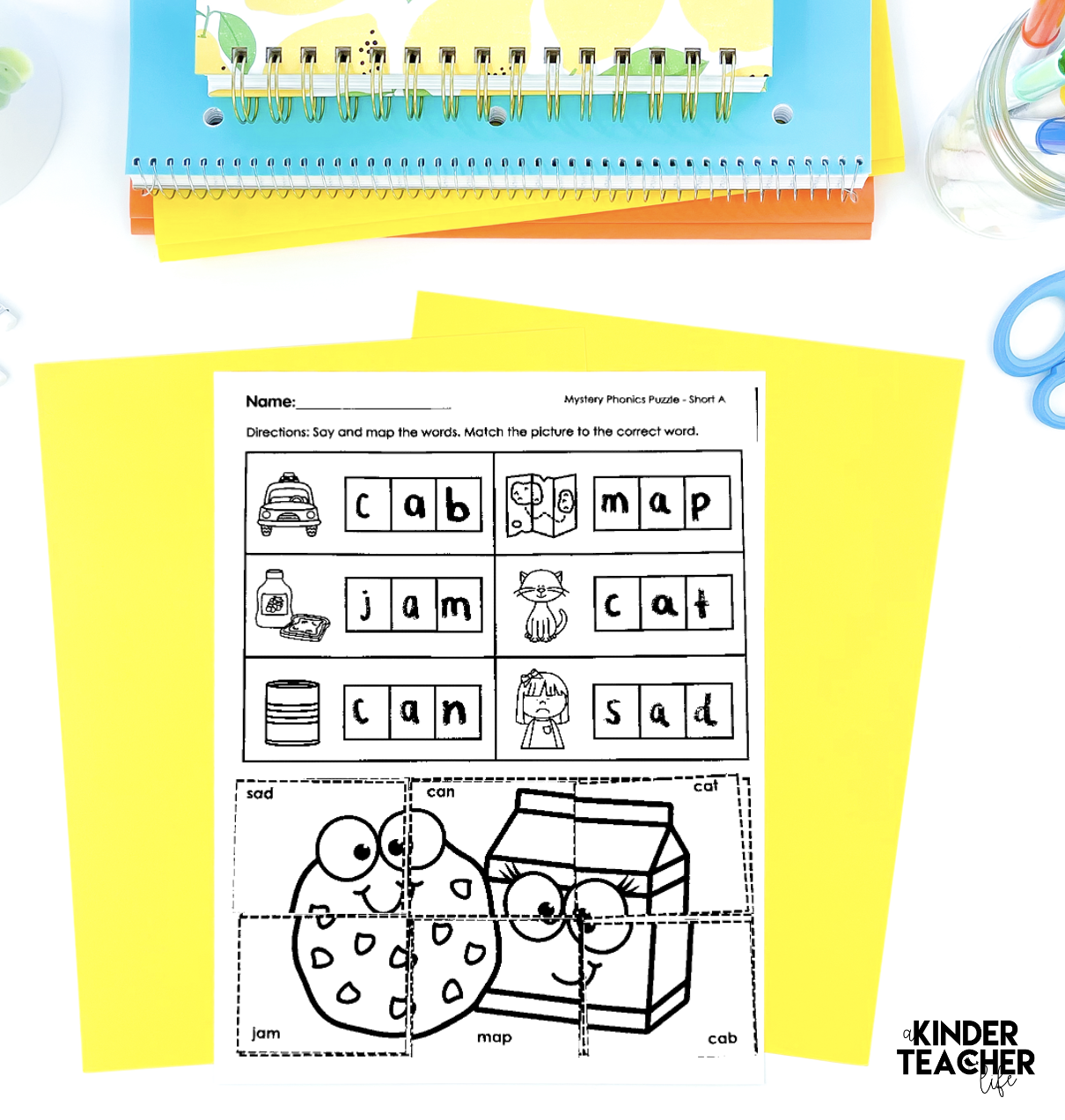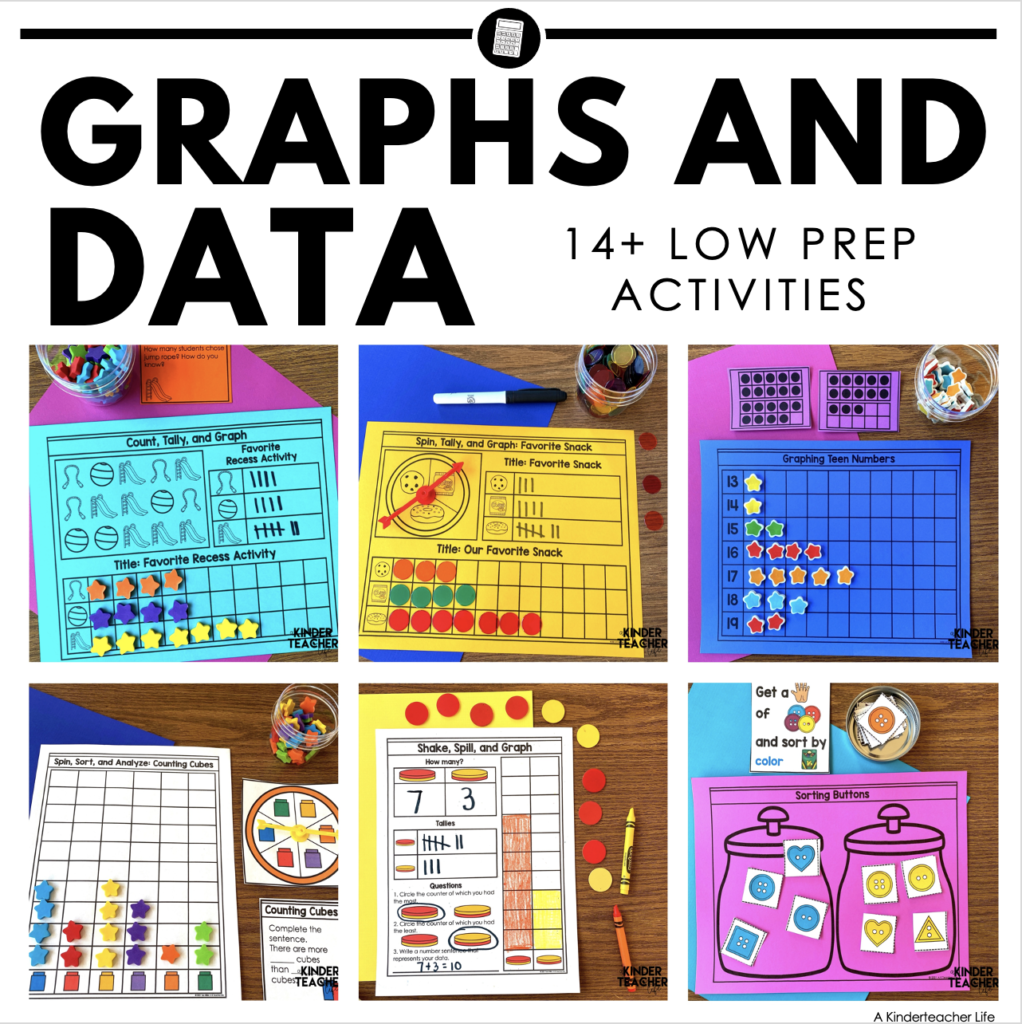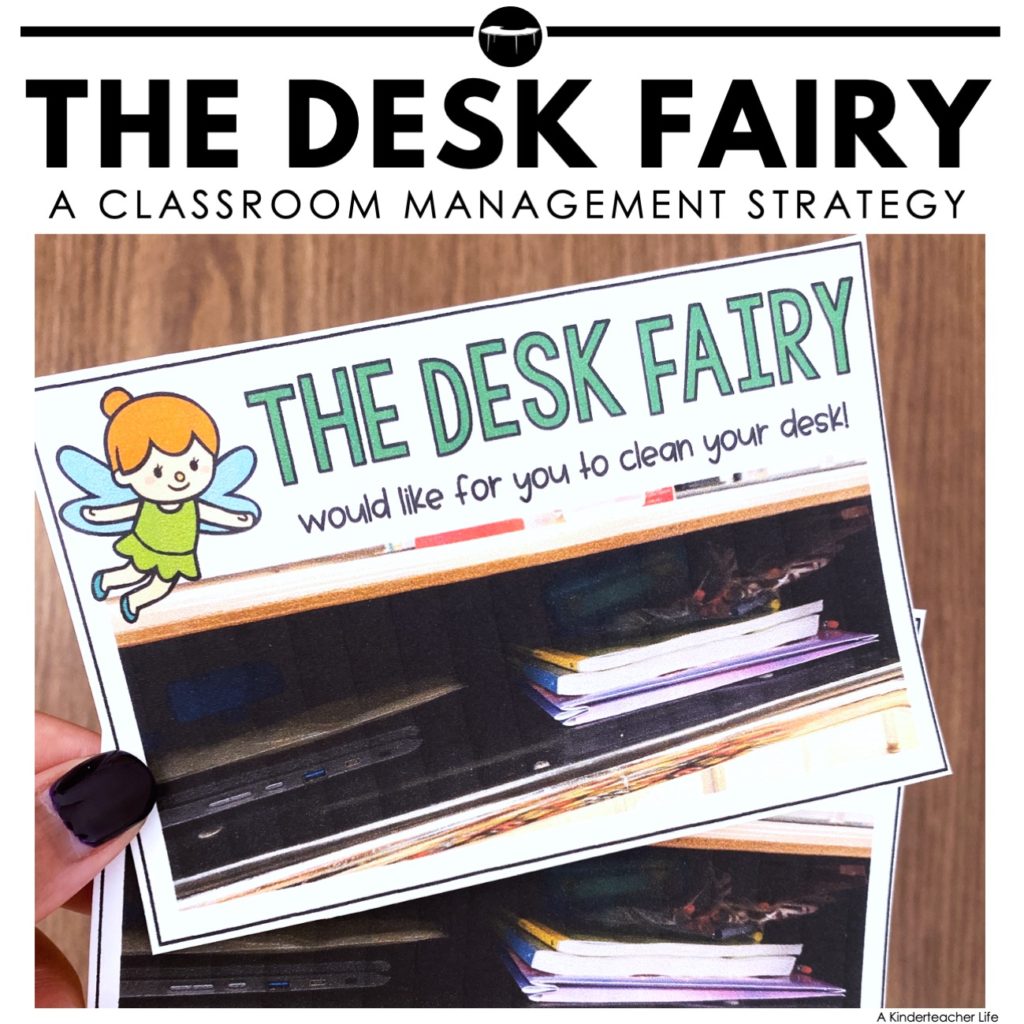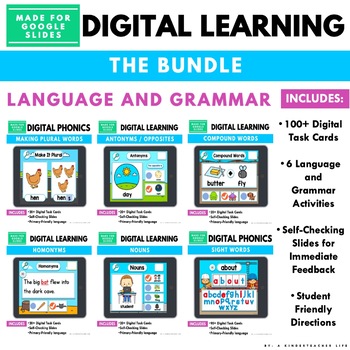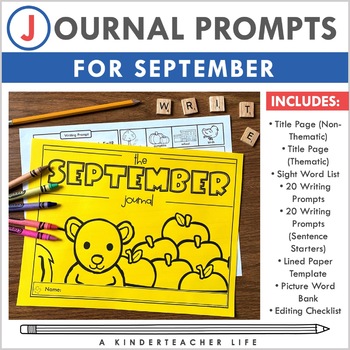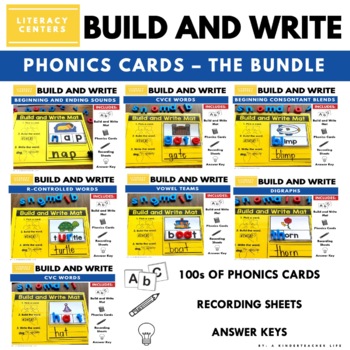A Beginner’s Guide to Readers Theater in the Classroom
Reader’s Theater is how to bring a dynamic and interactive element to your classroom. Don’t worry if you’re new to this – I wrote a step-by-step guide to how to get started.
Readers Theater’s: A Guide
This guide will help you get started right away!
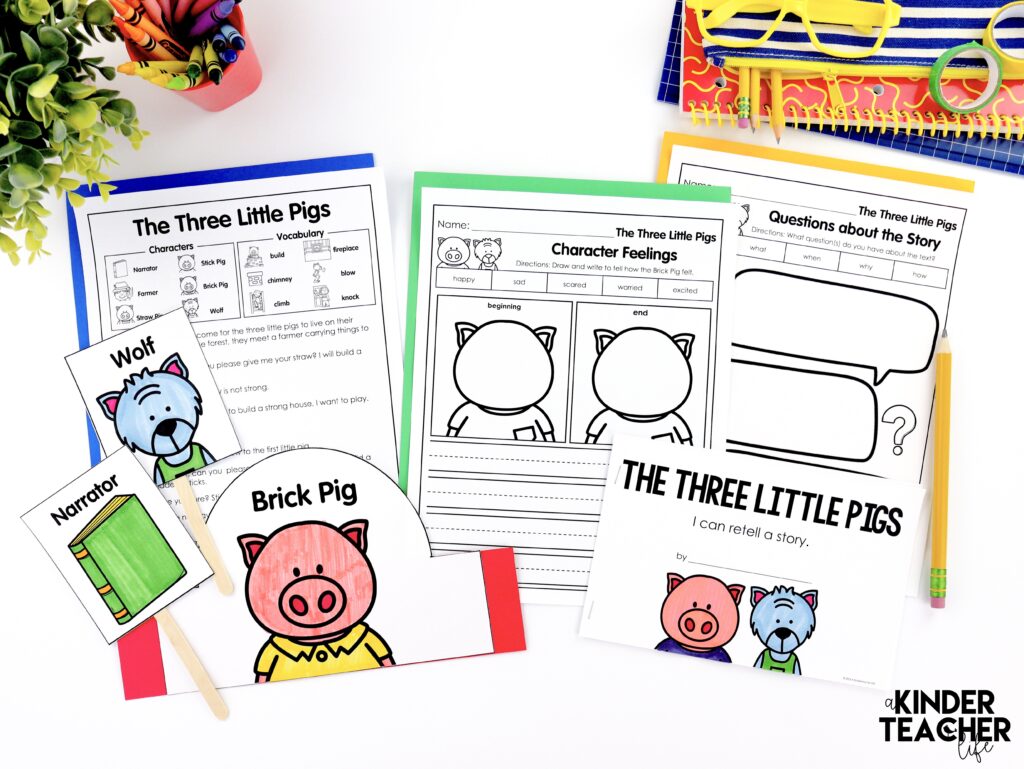
Step 1: Choose a Script
Start by selecting a Reader’s Theater script. Look for short stories, fairy tales, or Aesop’s fables. I like to have a few options so students can pick a story they are most excited to read.
Step 2: Assign Roles
Divide your students into groups, assigning different roles to each member. These could include the main characters and narrators. If you run out of parts, you can pick another script or split the narrator’s role.
After you assign a role, give them a character hat. They can decorate the hat by coloring the picture.
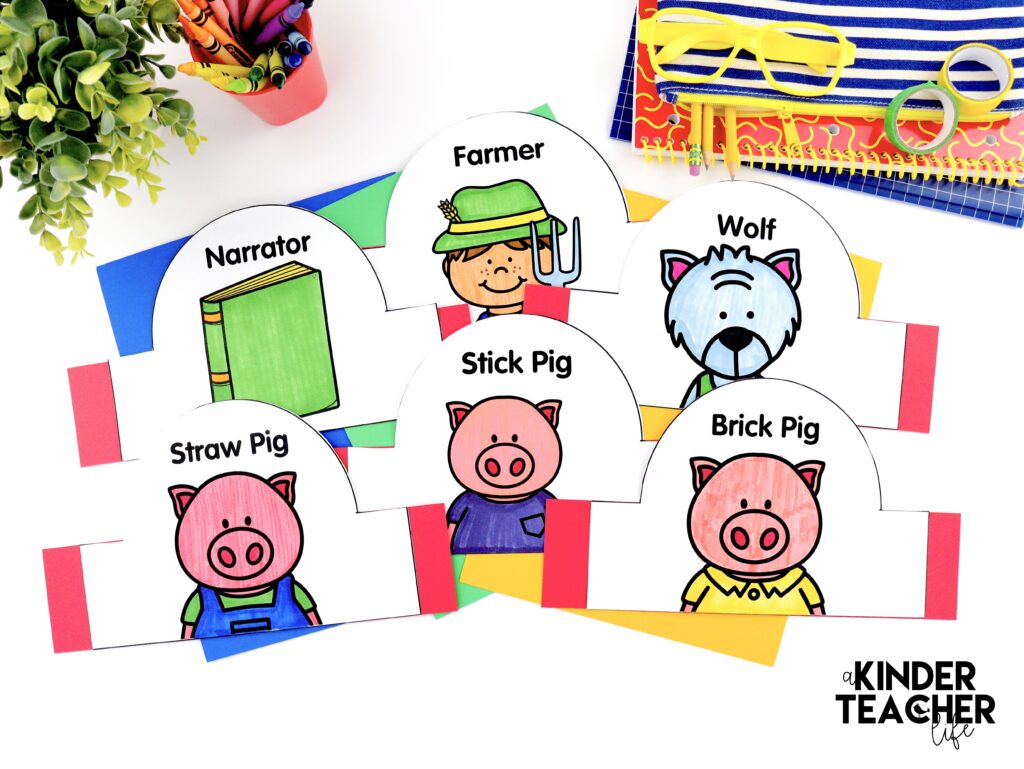
Step 3: Practice Reading Aloud
Have students practice reading their lines aloud. Encourage them to focus on expression, tone, and pacing. It’s all about bringing the characters to life! You may have to model this for them and give them multiple opportunities to practice.
Step 4: Add Gestures and Movements
Encourage students to use gestures and simple movements that match their characters’ emotions. This enhances prosody and comprehension.
Step 5: Rehearse Together
Bring the groups together to rehearse so students can practice reading their lines and work on timing. This will help them develop their active listening skills, too!
Our Favorite
Readers Theater Articles
Step 6: Emphasize Fluency
Reader’s Theater is an excellent tool for developing fluency. Fluency is the ability to read with accuracy, fluency, and expression. Model how to read with expression and natural rhythm.
Step 7: Perform!
Now comes the exciting part – the performance! Whether in front of the class, other classes, or even parents, students showcase their reading skills and teamwork.
Step 8: Reflect and Discuss
After each performance, take a moment to reflect. Discuss what went well and what could be improved. This constructive feedback encourages growth.
Step 9: Rotate Roles
For ongoing engagement, have students switch roles for different scripts. This way, everyone can be a narrator or an interesting character.
Step 10: Have Fun!
Remember, Reader’s Theater is all about having fun while improving reading skills. Keep it lighthearted, and enjoy the process!
Following these steps, introduce your students to an interactive and creative way of improving reading fluency and comprehension.
Get Reader’s Theater Scripts
You could spend hours searching the web for readers’ theaters’ scripts and put the pieces together, or you could get all you need here.
Here’s what’s included:
✏️ Reader’s Theater scripts (highlighted character lines)
✏️ Text comprehension worksheets
✏️ Retell booklet
✏️ Character headbands and name tags
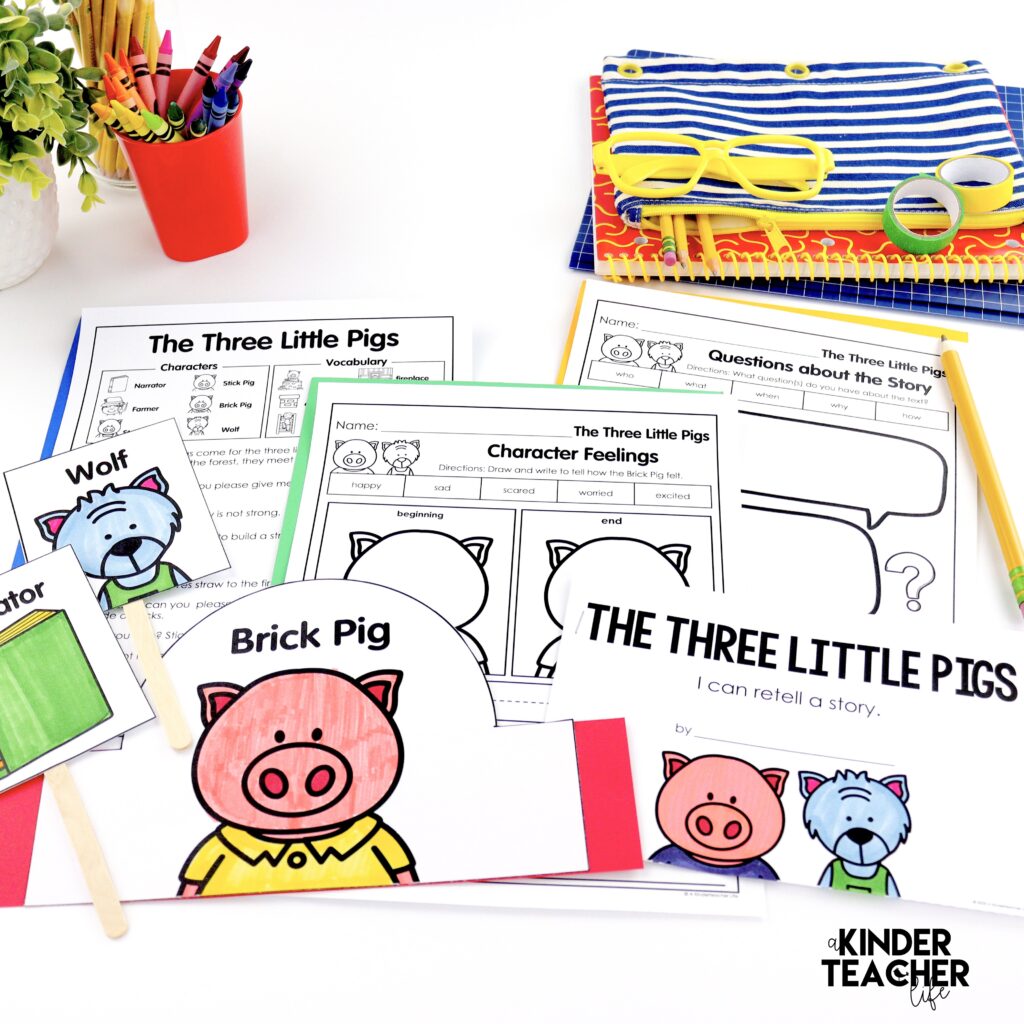
📚 The Fairy Tale Scripts Included:
The Shepherd That Cried Wolf
The Ant and the Grasshopper
The Dog and His Shadow
The Lion and the Mouse
The Tortoise and the Hare
The Town Mouse and Country Mouse
Let me know how you implement readers’ theater in the comments below.
Happy teaching,
Tee


